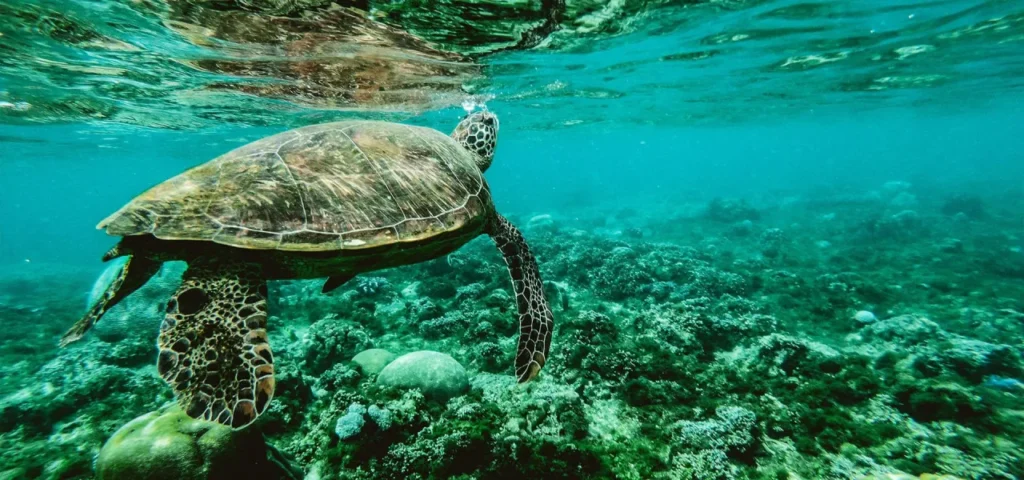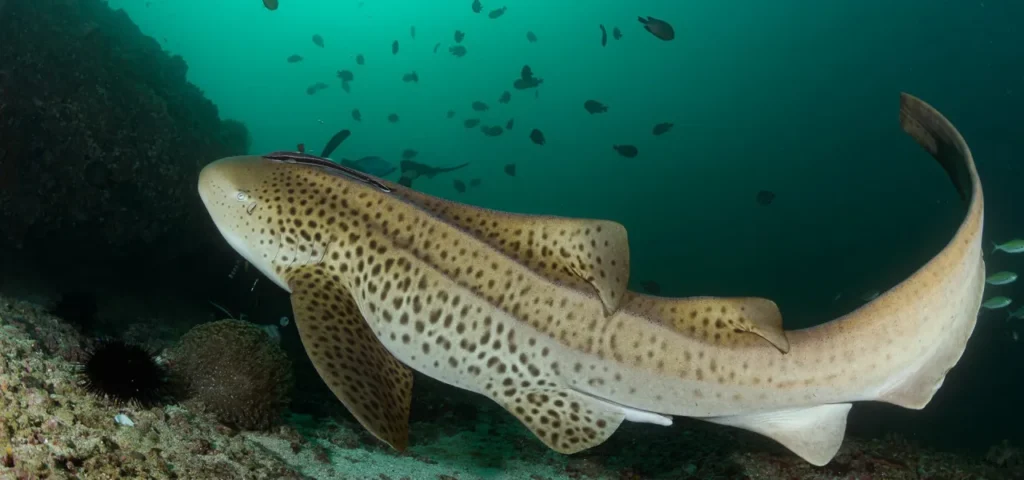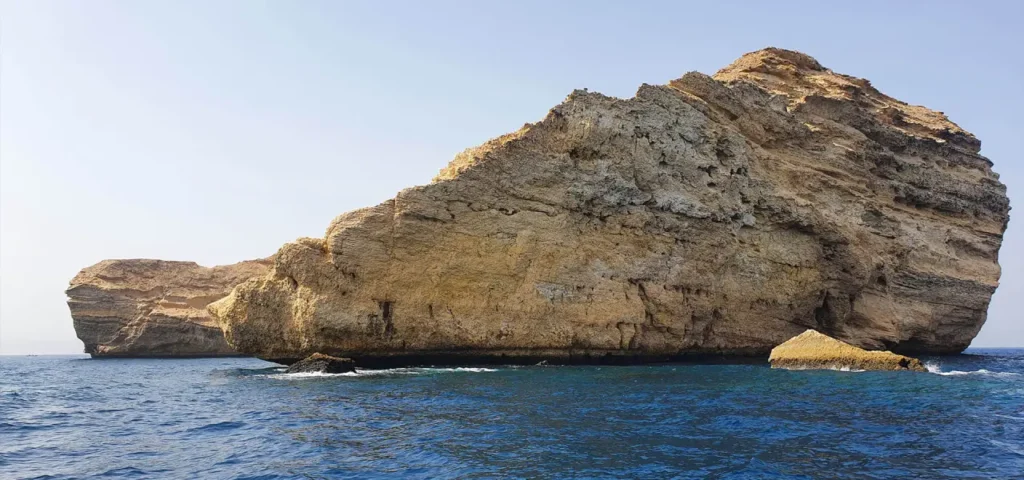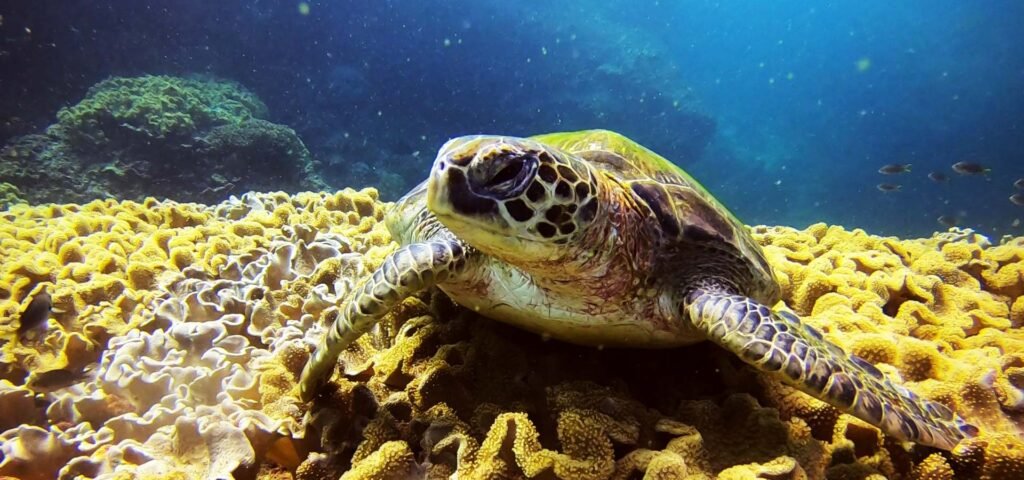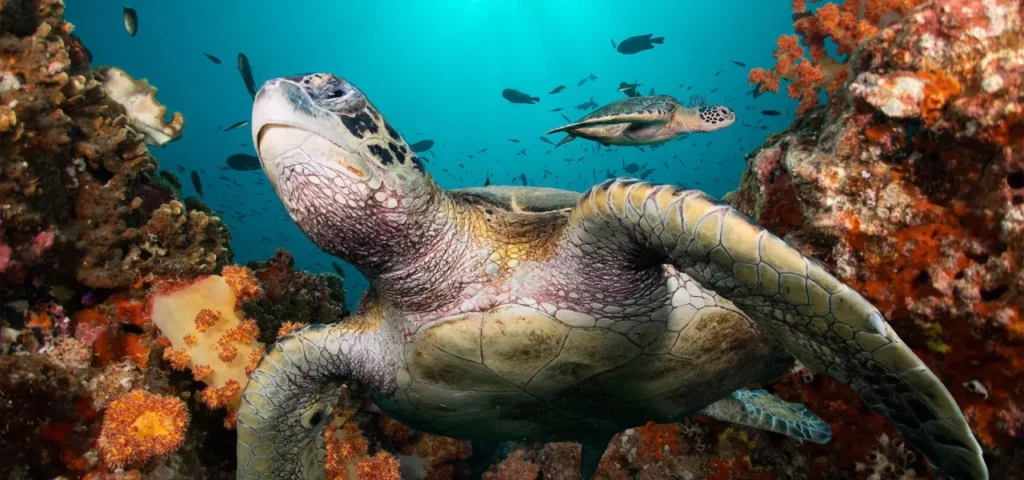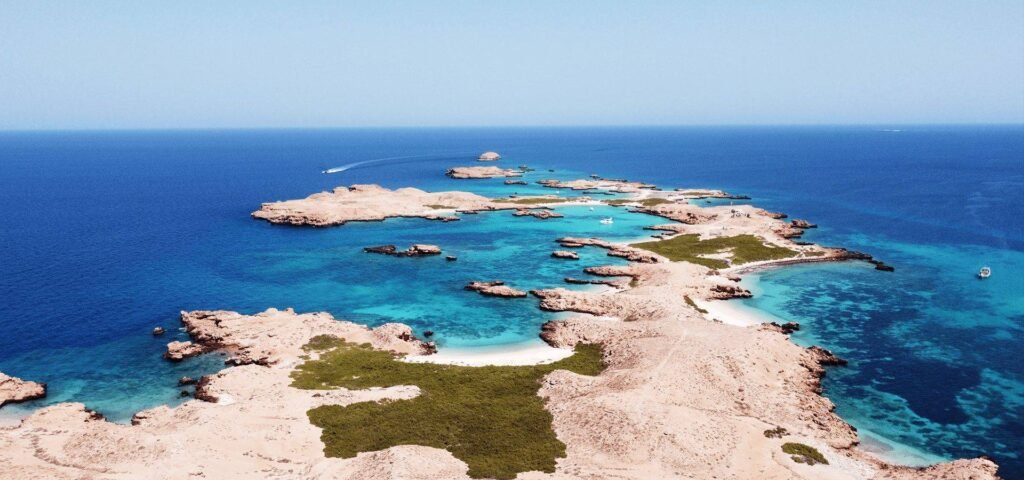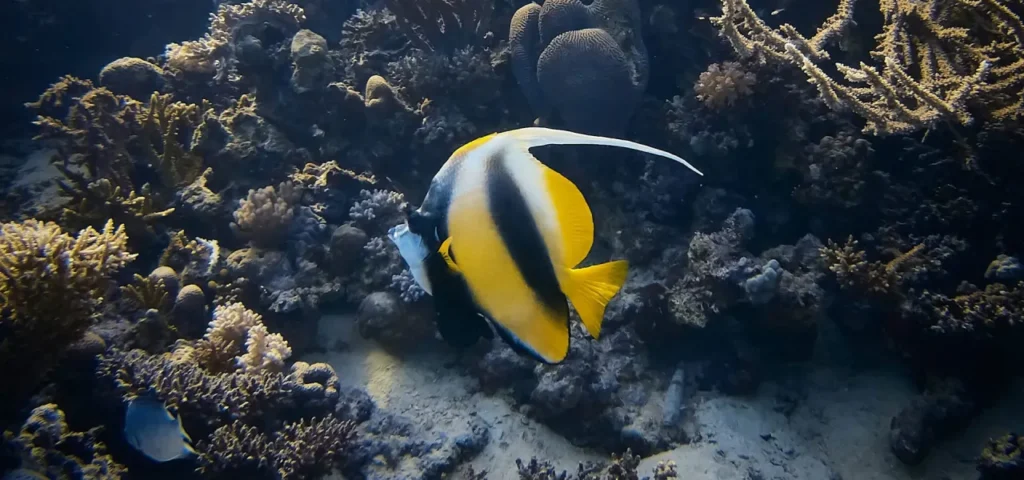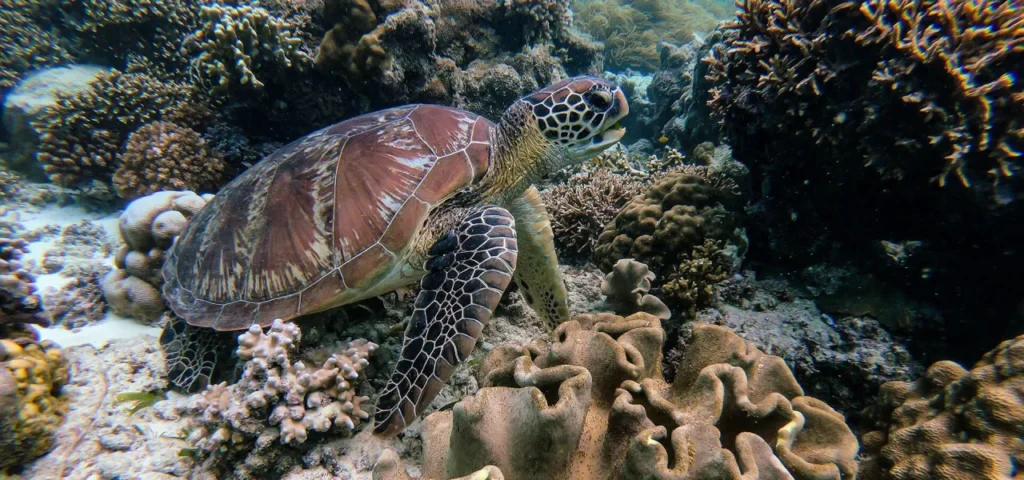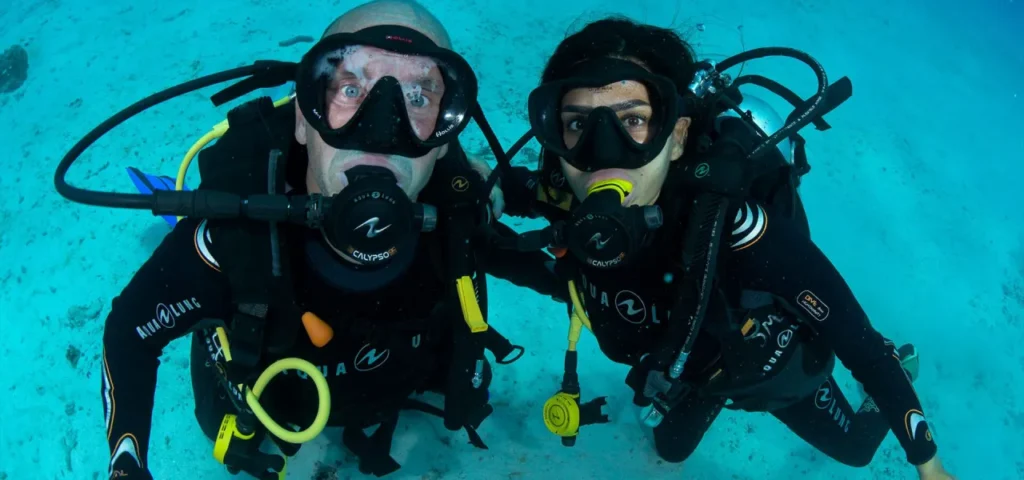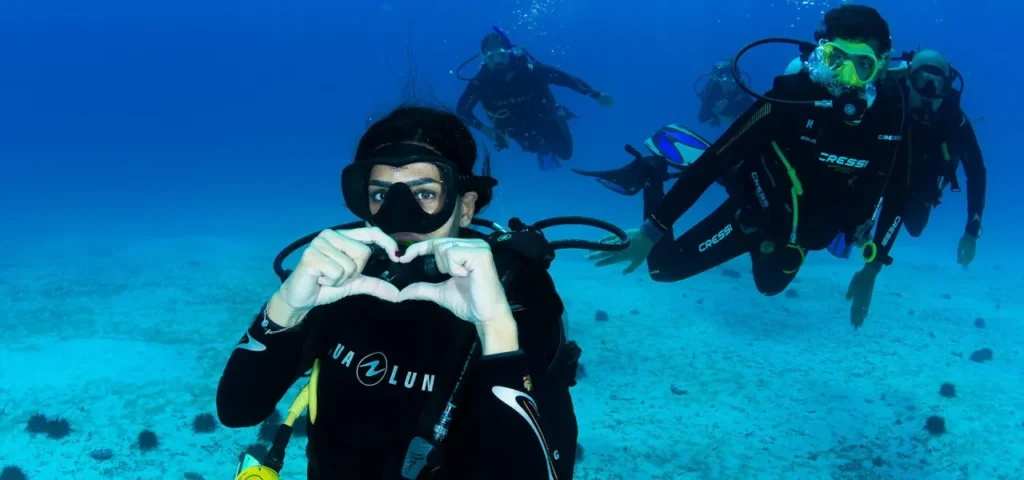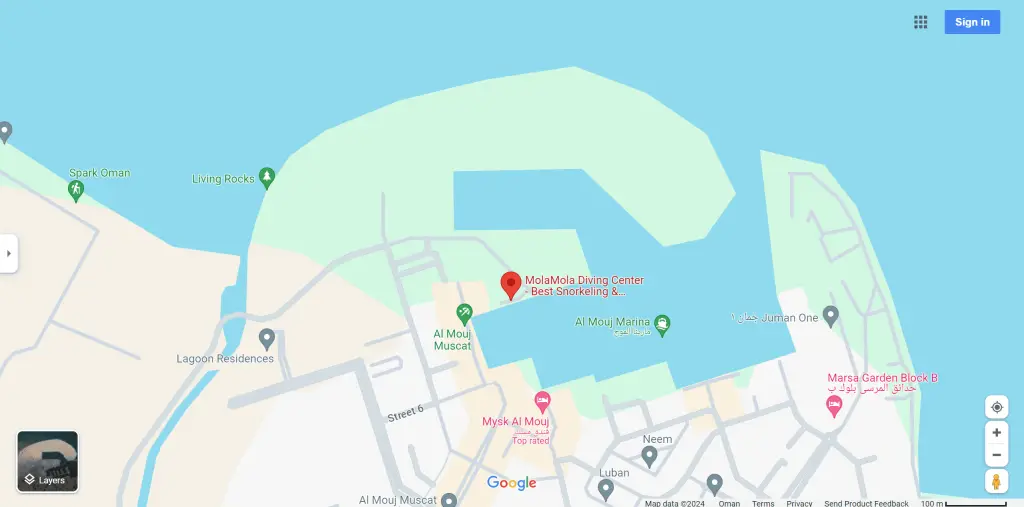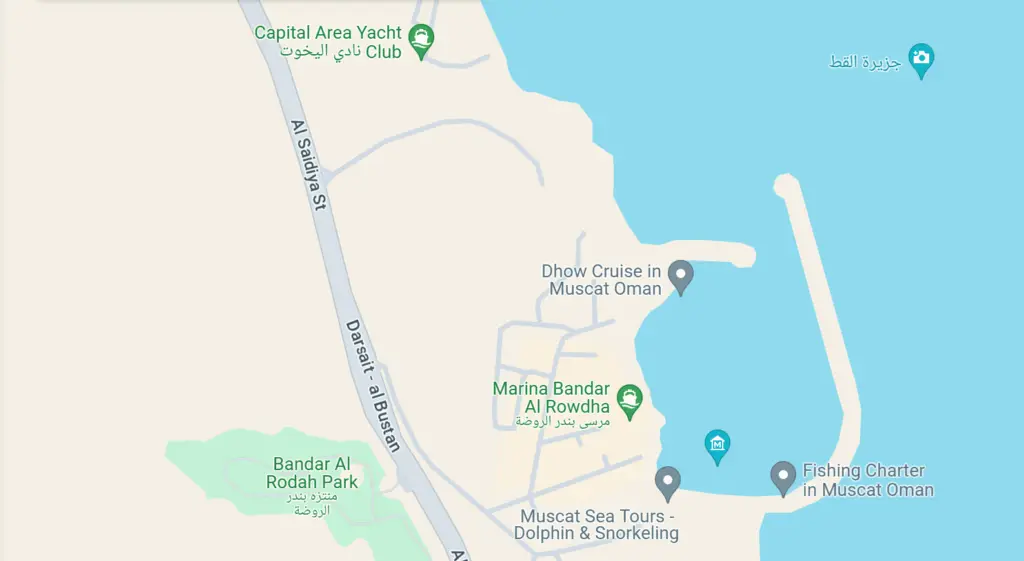The Turtles of Oman
The Turtles of Oman Are you into Turtles? If yes, Oman is your place to be. There are seven different types of sea turles around the world – and Omani waters are home to five of them. Keep on reading to get to know the different kind of turtles to see around Muscat while Scuba Diving in Oman. Many, Many Green Turtles The following sea turtles are the ones you find in our waters: The Leatherback Sea Turtles: She is not only the largest of all sea turtles with a size ranging from 1.2 up to 2.4 meters but also the oldest of all of them. They survived the extinction of the dinosaurs! But the Leatherback Turtle doesn’t come ashore in Oman – so they can only be seen during Snorkeling or Scuba Diving in Oman. Green Turtle: This turtle gets its name from the green fat found underneath its carapace. She is the one Sea Turtle we see most on our dives or while Snorkeling. Olive Ridley Turtle: This turtle is the second smallest in the world but the most abundant of all sea turtles. These turtles are known for their mass nesting and breeding. Thousands of females travel together and lay their eggs on the same beach. Hawksbill Turtle: The hawksbill sea turtle is unfortunately, a critically endangered species. Their appearance can be easily recognized by their sharp, curving beak and their saw-like shell margins. Loggerhead Turtle: The loggerhead sea turtle comes ashore to lay eggs less frequently than other types of turtle spotting. One is a real treat. The females nest every 2 to 4 years. Where to See Sea Turtles To see turtles – especially the Green Turtle – on shore, its totally worth a trip to the beautiful beaches in Ras al Hadd or Ras Al Jinz. But to see them while Scuba Diving in Oman, we can totally recommend the Daymaniyat Island for you. The tiny archipelago of rocky islands and the first marine reserve created in Oman is located north of Muscat within a 40-minute boat ride from Al Mouj Marina where MolaMola Diving Center is located The coral reefs surrounding the island are an important area for nesting sea turtles – and that is especially why the beaches at Daymaniyat Island are closed to enter during the months from May to October. Every year, an abundance of turtles migrate to the beaches and shorelines of the Arab Peninsula to dig a hole and lay their eggs. In Oman, which is one of the hot spots for turtle-hatching, the best time to see them is between May and August every year. During these months, around 20,000 turtles come to Oman’s beaches, especially on the Eastern side. These turtles lay 50,000 to 60,000 eggs during this period and are buried under the sand, just to protect them. After the eggs are laid, around 55 days later the eggs hatch and the babies begin their lives. The good news? Snorkeling or Scuba Diving with Turtles in Oman is possible year-round. Scuba Diving and Snorkeling with Turtles We think what most people love most while snorkeling or Scuba Diving, is to see a turtle underwater. They are so graceful as if flying underwater and very peaceful as well. On our dives either at Daymaniyat Island or Fahal Island, we spot a turtle almost every time. So what are you waiting for? Book the best Scuba Diving in Oman with MolaMola Diving Center right now. Previous PostNext Post

